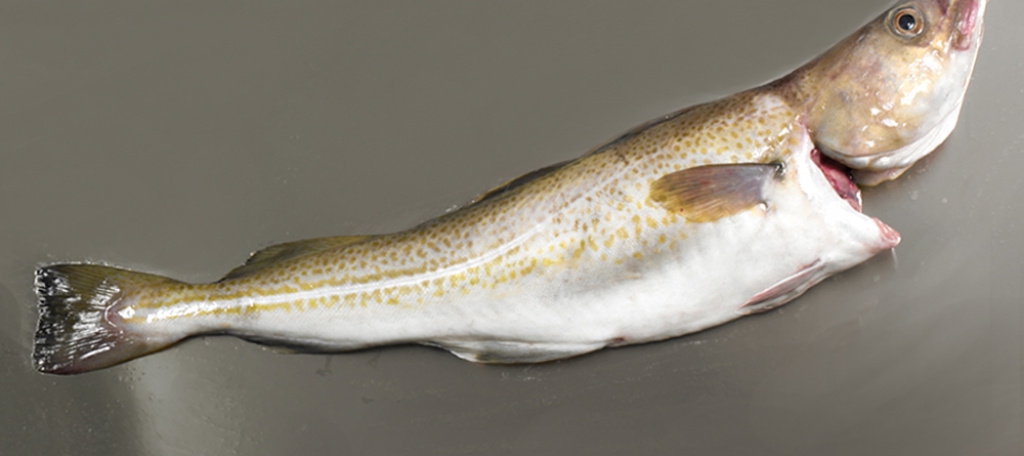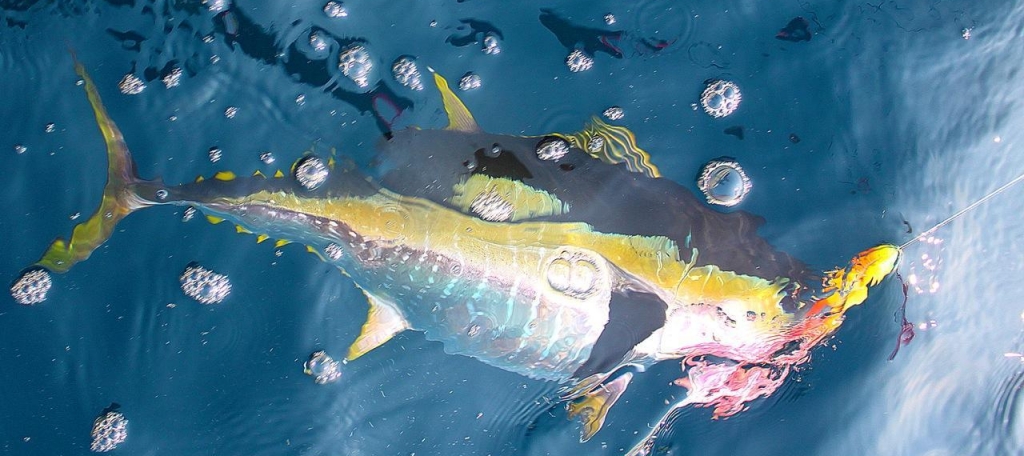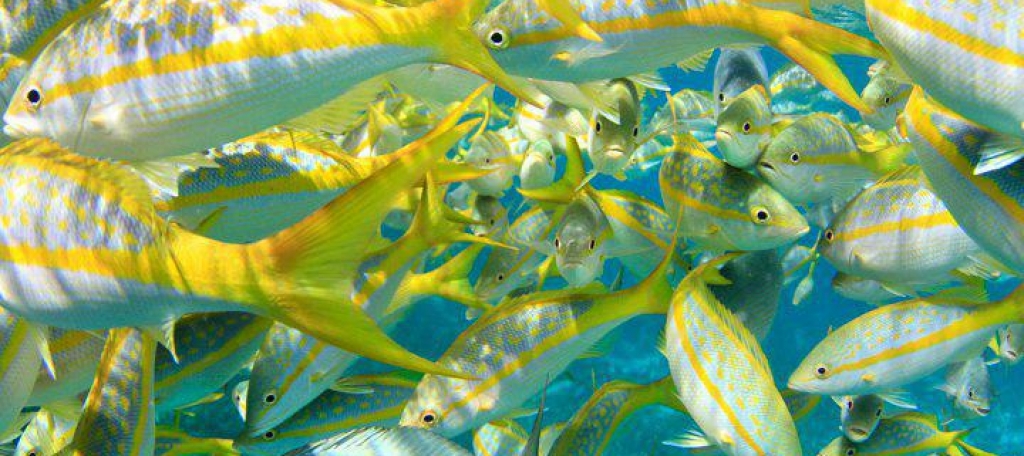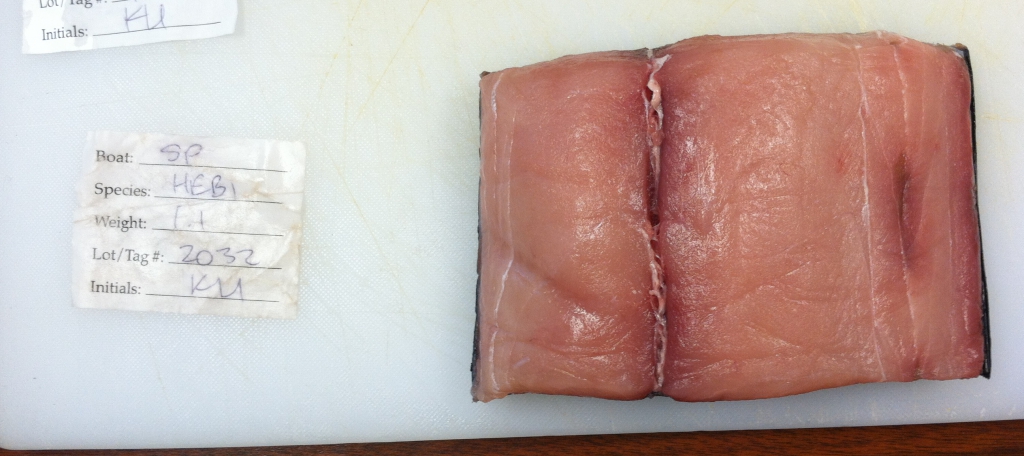
Icelandic Cod
Moist, Flaky, Rich, Clean
Quick Facts
-
Species Name
Cod
-
Latin Name
Gadus morhua
-
Origin
Iceland
-
Harvest Method
Hook & Line
-
Range & Habitat
Iceland
-
Producer
New Zealand Seafood Import

Range & Habitat
New Zealand Seafood Import
From the tightest fisheries management available, our New Zealand Seafood Import specialties offer some of the freshest direct seafood. The ideals of the New Zealand Fisheries carry throughout the program.
From the Fishery:
To us, sustainable fishing, farming, processing, and sourcing means:
Our fish always comes from well-managed fisheries, or those with Fisheries Improvement Plans in place with healthy stocks. We continue to undertake research to ensure we manage fisheries with the best practices and quality of scientific information available.
The methods we use to fish and farm are aimed to reduce unintended impacts. This means ensuring we utilize the fish we catch, avoid significant negative impact on young fish or their habitat and develop the best practices to reduce the risk of bycatching marine animals and seabirds.
We make sure we minimize impacts on any endangered or threatened species by using technology, research, and mitigation programs, as well as supporting protection areas.
We trace our products from boat to plate.
You Might Also Like These

Rich, Clean
The Yellowfin Tuna is among the larger Tuna species, reaching weights of over 400 pounds. The Yellowfin is a revered ocean predators, feeding on lean fish.

Light, Sweet, Flakey
Yellowtail Snapper are typically targeted on a slow troll. Deck hands chum the waters with shrimp meal and create a large following of Yellowtails. Fishermen call this "The Yellow Brick Road". Sashimi, Ceviche, Steam, Saute, Broil.

Nutty, Earthy, Lean, Moderate
Plank Cut Lean Firm Fish. Some say it has the flavor of Walnuts and Poultry. Great yields (near 100%) on the loin. Pink to orange hues give it a beautiful Sashimi display quality. Hebi is a unique flavor that sets it apart from all others.